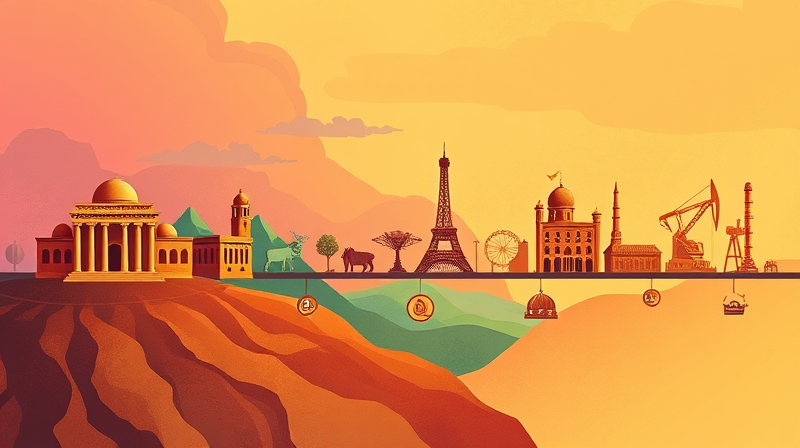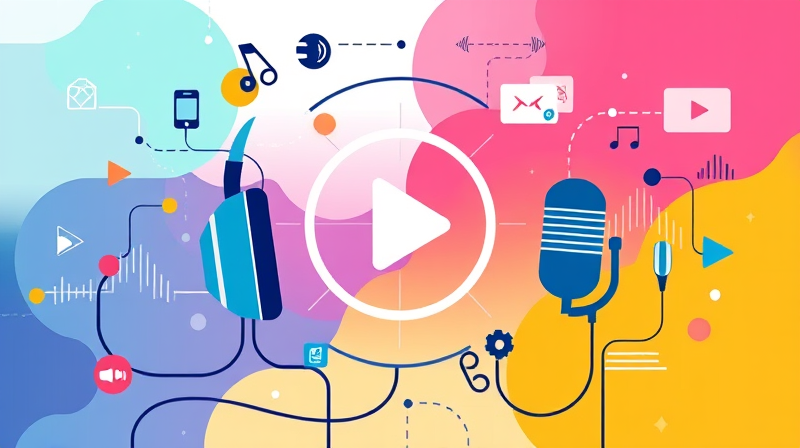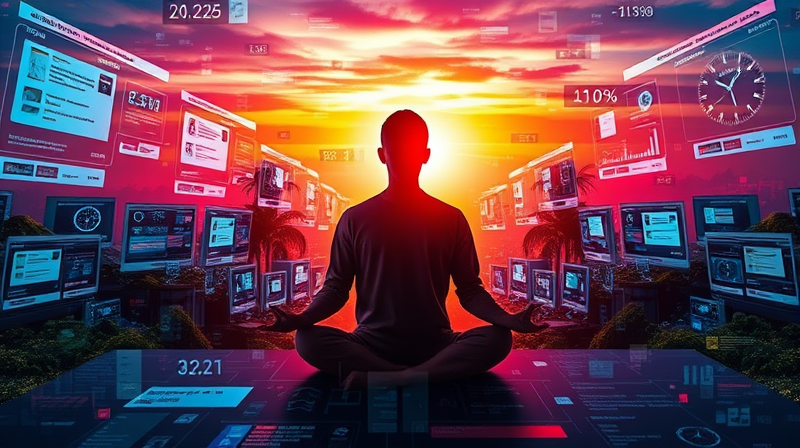In our fast-changing world, where technology connects us at speeds unimaginable just a few decades ago, the media stands as a powerful force in molding public opinion. It acts as a mirror reflecting society and as a magnifying glass, sometimes exaggerating and reshaping what we believe. This article takes an inspiring look at how media influences the collective perspectives that drive our political, social, and cultural landscapes.
Media is not just about reporting facts—it is an active player in the way stories are told. Journalists and content creators guide the conversation, influencing the public mood with carefully chosen narratives in traditional broadcasting and digital spheres. Today, social media platforms have introduced a many-sided debate, blending public opinion with the power of individualized feeds that can inspire change or foster division.
The Evolution of Media and Its Transformative Role
For decades, trusted news organizations were the primary gatekeepers of information. They set the agenda by selecting what news items were presented to the public. However, as digital platforms emerged and cemented their roles in everyday communications, the power dynamics began to shift. The introduction of social media broadened the horizons of content distribution and individual engagement, transforming passive audiences into active participants.
Today, users contribute to the narrative by rapidly sharing and commenting on information. This creates a dynamic interplay of ideas where traditional experts and amateur influencers both have a part to play. Studies have highlighted how platforms like Twitter, where speed and brevity reign, facilitate the rapid spread of political ideologies. Sometimes, this results in polarized viewpoints, but it can also encourage the kind of civic participation that fuels democratic debates.
Social media is now a hub for both deliberation and activism. It is common to see organized discussions that delve into the finer details of policies and issues, as well as grassroots movements spurred by online engagement. Consider the diverse ways in which hashtags, viral posts, and live streams not only inform but also mobilize communities. With every click and share, social media helps foster deeper, more inclusive conversations that extend beyond traditional news outlets.
Yet, every coin has two sides. The rapid dissemination of information also leads to challenges including misinformation, sensationalism, and even the creation of echo chambers where exposure to conflicting opinions is minimized. As more people turn to digital sources for their news, it becomes critical for consumers to actively seek out multiple perspectives to develop a well-rounded understanding of the issues at hand.
One of the most important lessons in this digital age is the need for critical media literacy. Awareness and discernment are key in distinguishing between biased reporting and objective analysis. In the midst of controversy and conflicting narratives, individuals must take the time to analyze the source and motive behind every piece of news they consume. Empowerment through education is the first step towards a balanced view of the world.
The evolution of digital media has also challenged the traditional roles of journalists. With the rise of content creators and influencers, the line between opinion and objective reporting has often blurred. The term "creator-fication" describes a phenomenon where personalities drive news trends by merging personal perspectives with factual content. This trend calls for a renewed focus on ethical journalism and transparency to maintain public trust and credibility.
While some critics point to the fragmentation of the news landscape as having a negative impact on public trust, others see the diversification of media channels as a chance to amplify marginalized voices and novel perspectives. In many regions around the globe, alternative sources of information challenge state-controlled narratives, offering fresh insights into long-standing issues. This trend underscores the potential for media to serve as a bridge among different cultures and political opinions.
Innovation in media is fueling both remarkable progress and new challenges. For example, the integration of artificial intelligence in newsrooms is revolutionizing decisions about content generation and audience engagement. AI-powered algorithms help tailor content to individual preferences, though this personalization also carries the risk of reinforcing existing biases. As technology continues to evolve, media professionals will need to balance efficiency with responsibility in ensuring that the facts presented remain both accurate and inclusive.
In practical terms, the future of media calls for thoughtful collaboration between technology experts, journalists, and policymakers. Together, they can design digital spaces that promote healthy dialogue and bridge ideological divides. This means investing in reliable fact-checking mechanisms, ethical guidelines, and diverse content representation to counteract the spread of misinformation.
To further illustrate this collaborative approach, consider the role that user communities play in shaping a more balanced narrative. Within social media platforms, diverse discussions take place in formats like forums, live chats, and comment sections. A glance at these vibrant communities reveals the power of collective skepticism when it comes to verifying news and questioning the intentions behind major campaigns.
- Transparency: Encouraging openness in how information is curated and presented.
- Ethics: Reaffirming a commitment to fairness and avoiding sensationalism at the cost of accuracy.
- Inclusivity: Making sure all voices have an opportunity to be heard, especially those from marginalized communities.
- Innovation: Using cutting-edge technology to enhance storytelling while safeguarding the veracity of the content.
The media has the potential to be a powerful tool for positive change if steered with ethical insight and a commitment to balanced reporting. It not only informs the public but also sparks meaningful dialogues that help define the community’s values and vision for the future. As technology and social norms continue to evolve, so too must our approach to consuming and sharing information.
In conclusion, understanding the evolution of media and its influence on collective perspectives is the first step towards building a more informed and inclusive society. While the challenges are many, they also present opportunities for innovation and growth. By embracing transparency, fostering critical thinking, and harnessing the power of technology ethically, we can ensure that media continues to inspire and unite, rather than divide. Let this balanced approach be a guide for all who navigate the complex interplay of modern media—a tool for enlightenment, a platform for truth, and a catalyst for positive change.
Every individual has the power to make informed choices about the content they consume. Remember that educating yourself about media literacy and engaging actively can transform your perspective and empower your voice. With determination, curiosity, and a humble willingness to seek out multiple viewpoints, the journey toward a well-rounded understanding of the world is not only possible—it is imperative for the progress of society.








